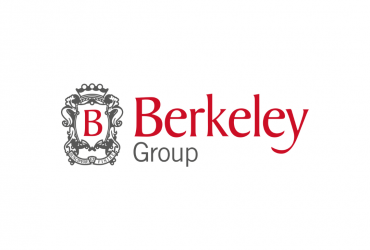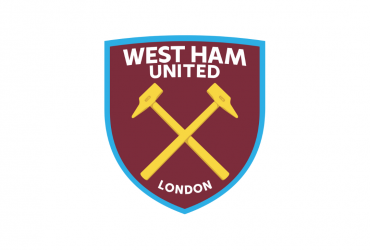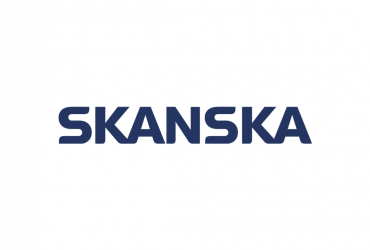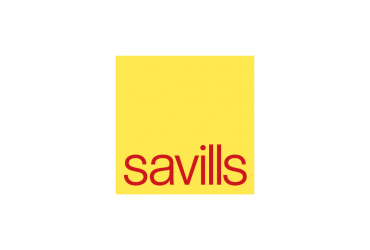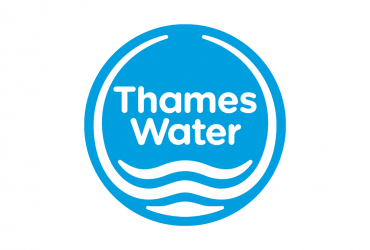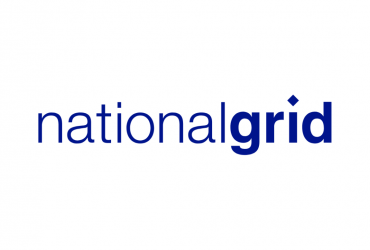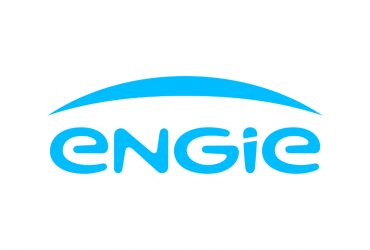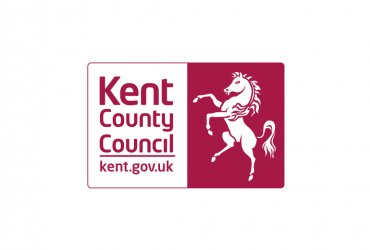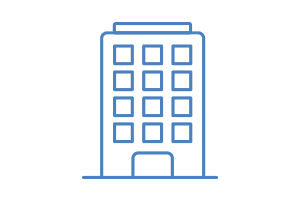What Is The Drying Process After A Flood?
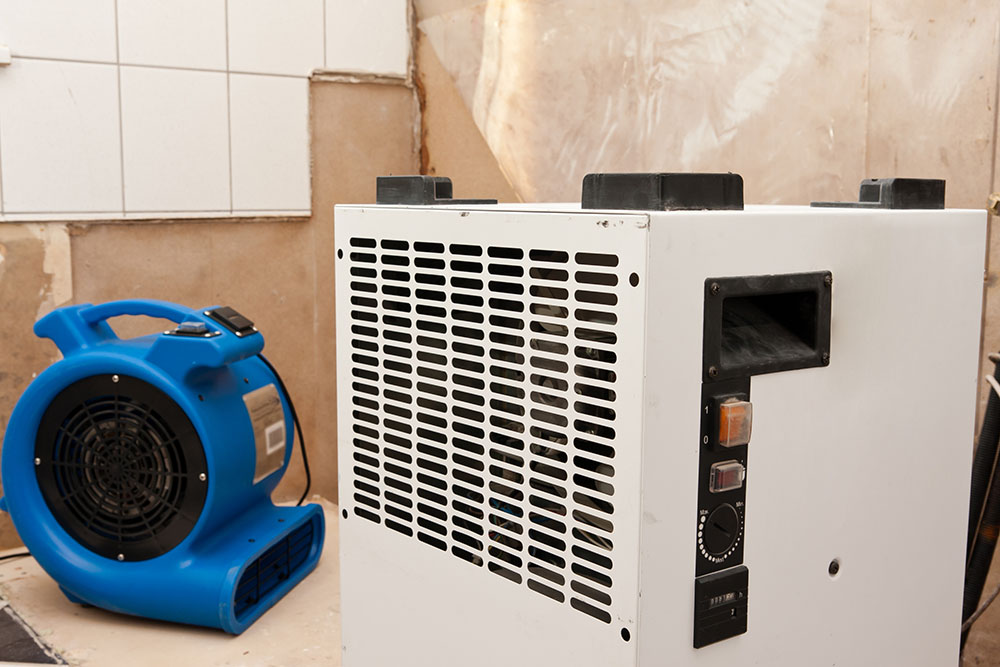
CONTENTS
- Initial assessment and safety precautions
- Professional water extraction techniques
- Moisture detection and mapping
- Dehumidification strategies
- Airflow management for effective drying
- Mould prevention and remediation
- Structural drying timeframes and monitoring progress
- Final restoration steps and rebuilding considerations
- Frequently asked questions
- Get in touch
Over the years, the UK has begun to experience extreme weather, leaving certain areas more at risk of floods. Storms have brought floods to people's homes and businesses, destroying the exterior and interior, rendering it useless until dried.
At ICE Cleaning, our flood damage cleaning services include extracting standing water, room drying, and sanitising your property. Whether you require flood restoration services for your business or home, our team can assist with our emergency cleaning services.
Read on to learn how to safely assess damage, eliminate flood water, and effectively dry your property.
Initial assessment and safety precautions
In the aftermath of a flood, it is crucial to undertake an initial assessment to understand the extent of water damage. This process involves identifying affected areas and determining whether there are potential hazards that could pose safety risks:
- Turn off the electricity at the mains and wait for a professionals to arrive to properly assess the area for electrocution risks, unstable structures, or environmental pollution.
- Assess the extent of water intrusion by documenting it with pictures and videos - gather evidence of wall discolouration, damp carpets or floors, and swollen doors or cabinets.
- Ask a professional to conduct a thorough inspection with moisture meters and thermal imaging cameras for accurate results.
- Allow a professional to conduct structural drying of your property with professional-grade dehumidifiers and air movers.
Professional water extraction techniques
The initial step in mitigating the effects of a flood means removing standing water. This process, known as water extraction, is pivotal to preventing further damage and initiating the drying phase. Professional cleaning services utilise various methods and equipment for this purpose:
- Submersible pumps: Designed specifically for heavy-duty tasks such as draining flooded basements or rooms, are frequently employed by professionals.
- Wet/Dry vacuums: They offer flexibility in extracting water from difficult-to-reach areas like corners or edges that larger equipment might miss.
- Truck-mounted extractors: These machines have high-capacity storage tanks and powerful suction capabilities making them suitable for handling severe cases effectively.
- Ride-on extractors: This machine allows operators to cover large surfaces rapidly while ensuring maximum absorption of moisture trapped within carpets' fibres.
It is important to adhere to safety protocols while conducting water extraction tasks - like powering down all electrical devices and wearing PPE.
Advanced moisture detection instruments assess residual moisture and determine water penetration. Professional expertise and high-grade equipment are essential for swift and efficient water removal after a flood.
Moisture detection and mapping
The first step in this drying process is moisture detection and mapping. This crucial stage involves identifying areas affected by water ingress by using advanced tools such as thermal imaging cameras, hygrometers, and moisture meters.
It is essential to accurately locate all sources of moisture within the property to ensure comprehensive drying. Neglecting even small pockets of dampness can lead to long-term structural damage due to rot or mould growth.
Residual humidity can also create an unhealthy living environment with potential respiratory hazards. To identify these hotspots effectively, professionals utilise sophisticated equipment designed specifically for this purpose:
- Thermal imaging cameras: These devices use infrared technology to detect temperature variations, indicating hidden damp spots behind walls or under floors.
- Hygrometers: A hygrometer measures relative humidity levels in different parts of your home, providing valuable information about where water vapour is located.
- Moisture meters: This tool directly detects moisture content in various materials like wood or drywall, enabling precise localisation and measurement of wet patches throughout your property.
Dehumidification strategies
After a flood, it is crucial to promptly initiate drying processes to prevent potential water damage. One effective method for achieving this involves utilising dehumidifiers.
These devices function by maintaining optimal humidity levels within your property, thereby accelerating the overall drying process.
The two main types of dehumidifiers used in professional cleaning services are refrigerant (or condensation) and desiccant dehumidifiers:
- Refrigerant dehumidifiers: Cools air below its dew point temperature, condensing air, which is then collected and removed from the environment.
- Desiccant dehumidifiers: Uses silica gel or calcium chloride to naturally absorb moisture from its surroundings. Water is then evaporated back into warm dry air and pushed out of the unit.
The choice between refrigerant and desiccant dehumidifier largely depends on environmental conditions like room size, relative humidity levels, and ambient temperature. We can help you identify what type you need by following this guide.
Maintaining optimal humidity levels
Professional drying services utilise dehumidifiers to maintain optimal humidity levels within a property. This is crucial as high humidity can lead to mould growth and further structural damage.
The ideal relative humidity level for most indoor environments is between 30% and 50%. Anything above this range may increase water absorption by building materials, leading to prolonged drying times.
Airflow management for effective drying
After a flood, strategic airflow management plays an integral role in accelerating the drying process. Efficient air movement usage can encourage evaporation, reducing moisture levels and mitigating potential water damage.
The importance of airflow in drying
To understand the importance of proficient draft drying, it is essential to comprehend the role it plays in this situation. The purpose of introducing directed airflow into a damp environment creates two positive factors.
Firstly, it accelerates evaporation by replacing saturated air with drier air; secondly, it helps circulate warm air evenly throughout the space, which enhances overall drying efficiency.
Professional equipment for strategic airflow
Specific professional equipment is commonly employed to optimise airflow during post-flood restoration efforts. These devices work together to increase ventilation and control humidity levels:
- Air movers: They produce a high-speed laminar flow that promotes rapid surface evaporation. This reduces water absorption rates on porous materials like wood or drywall.
- Axial fans: Ideal for larger spaces due to their ability to move large volumes of air across longer distances compared with traditional fans.
- Dehumidifiers: Crucially important in maintaining ideal relative humidity levels by extracting excess moisture from the atmosphere while simultaneously conditioning incoming fresh air.
Strategic airflow management is an essential component in the drying process post-flood. Professional equipment usage and techniques can significantly reduce drying times and mitigate potential damage to property structures.
Mould prevention and remediation
After a flood, homeowners must act immediately to prevent mould growth due to health risks and structural damage. The first step is to assess the affected areas and look for water damage or mould.
Drying the property is crucial and cleaning services can use equipment like dehumidifiers and air movers. If mould is still present, professional remediation may be necessary.
Maintaining a dry environment and conducting regular inspections can help prevent future mould issues. Seeking professional advice is recommended for effective prevention and remediation strategies.
Structural drying timeframes and monitoring progress
Drying out a house after a flood is complex, involving damage assessment, water extraction, dehumidification, and structural drying.
Each stage has its timeframe, influenced by several factors like the extent of flooding, the type of materials affected, and environmental conditions.
The first step in managing expectations around timeframes involves understanding how different materials respond to water exposure. For instance:
- Wooden structures: Typically require 7-10 days to dry completely using professional-grade equipment.
- Carpets and upholstery: Depending on their thickness and fibre content, may take anywhere from 48 hours to one week.
- Masonry structures: Can demand long periods due to their dense nature; usually between two weeks up to a month or more in severe cases.
It is important to follow established protocols and closely monitor progress to restore properties after flooding. Moisture meters are a key tool used to determine if additional drying is needed.
Professional drying equipment, such as dehumidifiers and air movers, can accelerate drying. Understanding drying timeframes and seeking professional assistance can ensure safe and efficient restoration.
Final restoration steps and rebuilding considerations
The aftermath of a flood can be overwhelming, but with the right approach, your property can return to its pre-flood condition. The process involves several steps that require professional expertise and equipment, including:
- An initial assessment by our team helps determine the extent of water damage.
- Specialised equipment like dehumidifiers, air movers, and heaters extract moisture from walls, floors and other structures, effectively reducing potential mould growth or structural instability.
- A thorough cleaning follows after the area is dried out completely.
- Sanitisation eliminates any bacteria or harmful substances left behind by contaminated floodwater.
Repairs or replacement of damaged items
- Furniture: Furniture items may need repairs or replacements depending on their water exposure level.
- Carpets: Carpets often absorb large amounts of water making them susceptible to mould growth hence requiring replacement.
- Built-in fixtures: Built-in fixtures like cabinets may require minor repairs if they have sustained minimal damage, otherwise replacement would be necessary.
Final inspection
The final step involves an inspection to confirm that all restoration work is conducted effectively, ensuring your property returns to its pre-flood condition.
In conclusion, post-flood restoration is a comprehensive procedure involving several steps, each requiring professional handling for effective results. We at ICE Cleaning offer these services with utmost professionalism, guaranteeing customer satisfaction.
Frequently asked questions
How do you dry out a water-damaged house?
Strip the area, dispose of damaged items, bring in industrial fans and dehumidifiers, and then circulate air.
How long does it take to dehumidify a room after a flood?
Average-sized rooms typically need about two days with proper equipment; larger spaces or severe dampness might stretch that time.
How do you dry a house after a burst pipe?
Cut off the water supply first. Then mop up, run dehumidifiers and keep fresh air flowing through the area. Call for professional cleaning to assist.
How do you dry a floor after a flood?
Pull up carpets and use mops for initial clear-up; follow with heavy-duty fans and dehumidifiers to dry. You must always consult an expert before conducting this.
Get in touch
For flood damage clean-up services, ICE Cleaning can help. Our flood damage experts are well-versed in the dangers of floods, water types, and how to keep safe when drying your house after a disaster that was not your fault.
To learn more about our flood restoration services, contact our team today at 0208 066 0360 or enquiries@icecleaning.co.uk. In an emergency, we can be on-site within a few hours of your call, effectively absorbing water, cleaning your home, and drying it out.

Speak with me today,
I’m here to help
By asking you a few questions either via phone or email I can immediately provide a realistic estimation of the cost.
You’re in good company. We’ve cleaned for the following commercial clients… View all

Why choose us?
- Cater to a wide variety of cleaning situations
- Nationwide coverage, available 24/7
- Cater to commercial and domestic clients
- Free survey provided prior to quotation
- Emergency response team
- Offer a bespoke service designed to suit all your needs
- All technicians hold professional health and safety qualifications, including BICSc, IOSH, Dewpoint Professional & Safe Contractor
We’re fully accredited
We place best practise, professional expertise and health and safety at the core of our business. We’re fully compliant with all legal obligations. You can view a list of our accreditations below, or visit our Health & Safety page for more information.

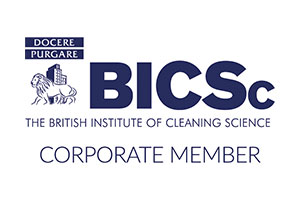

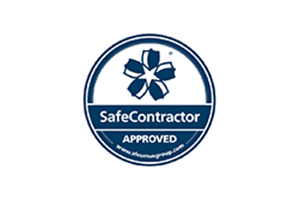

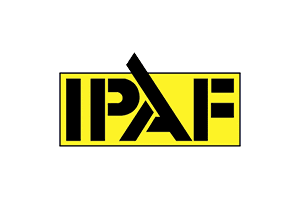
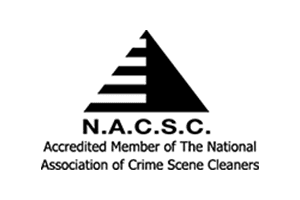




-RGB-small.1707319151.jpg)

